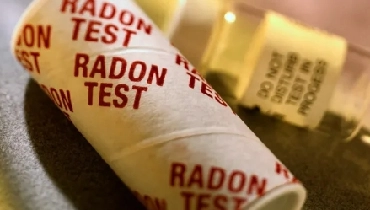Radon is a colorless, odorless gas that can enter your home from the soil beneath the foundation. According to the EPA, radon is the leading cause of lung cancer among non-smokers — and winter is the most critical time of year to test for it.
Here’s why radon testing is essential during the colder months and how you can ensure your home stays safe.

Why Radon Levels Are Higher in Winter:
During winter, homes are sealed tightly to retain heat. Less ventilation means radon can become trapped indoors, causing concentrations to rise. This makes winter the ideal time to get an accurate reading of your home’s radon levels.
Signs Your Home Needs a Radon Test:
While radon gives no visible clues, these factors increase risk:
- Living in areas with rocky or uranium-rich soil.
- Having a basement or crawlspace.
- Buying or selling a home,
- Never having tested before.
How Radon Testing Works:
A short-term test typically lasts 48 hours and measures radon levels in key areas of the home. For the most accurate results, professional testing is recommended because it accounts for proper placement and environmental conditions.
Why Choose HouseMaster for Radon Testing:
HouseMaster inspectors are certified and trained to identify radon risks and provide clear, reliable results. Protect your home and family with trusted professional testing—especially in the winter months.
